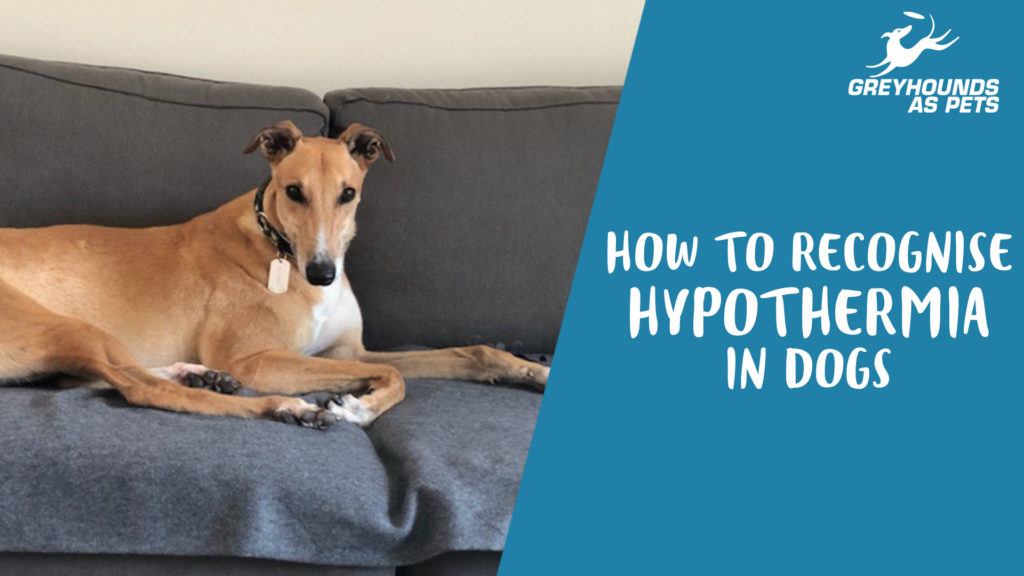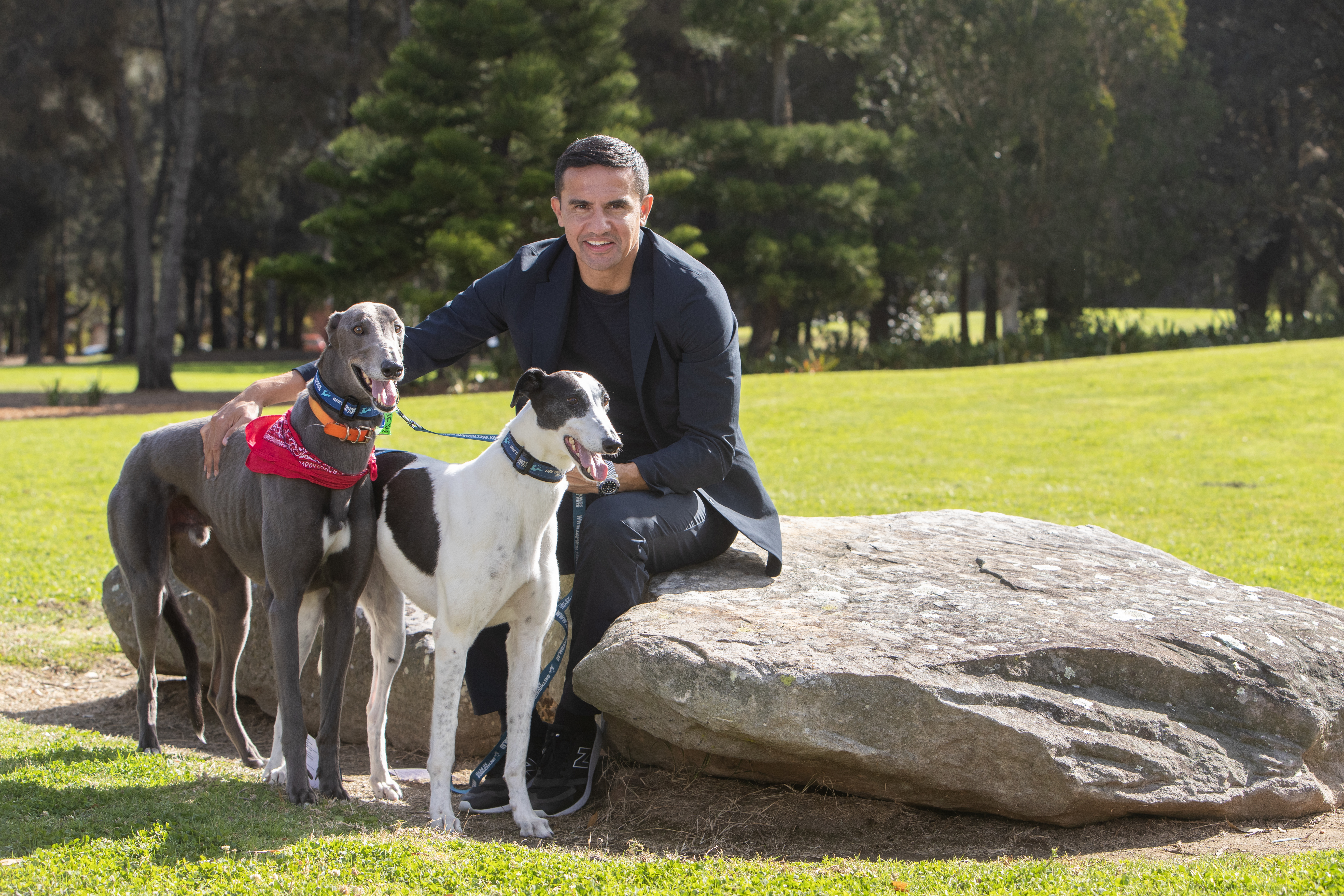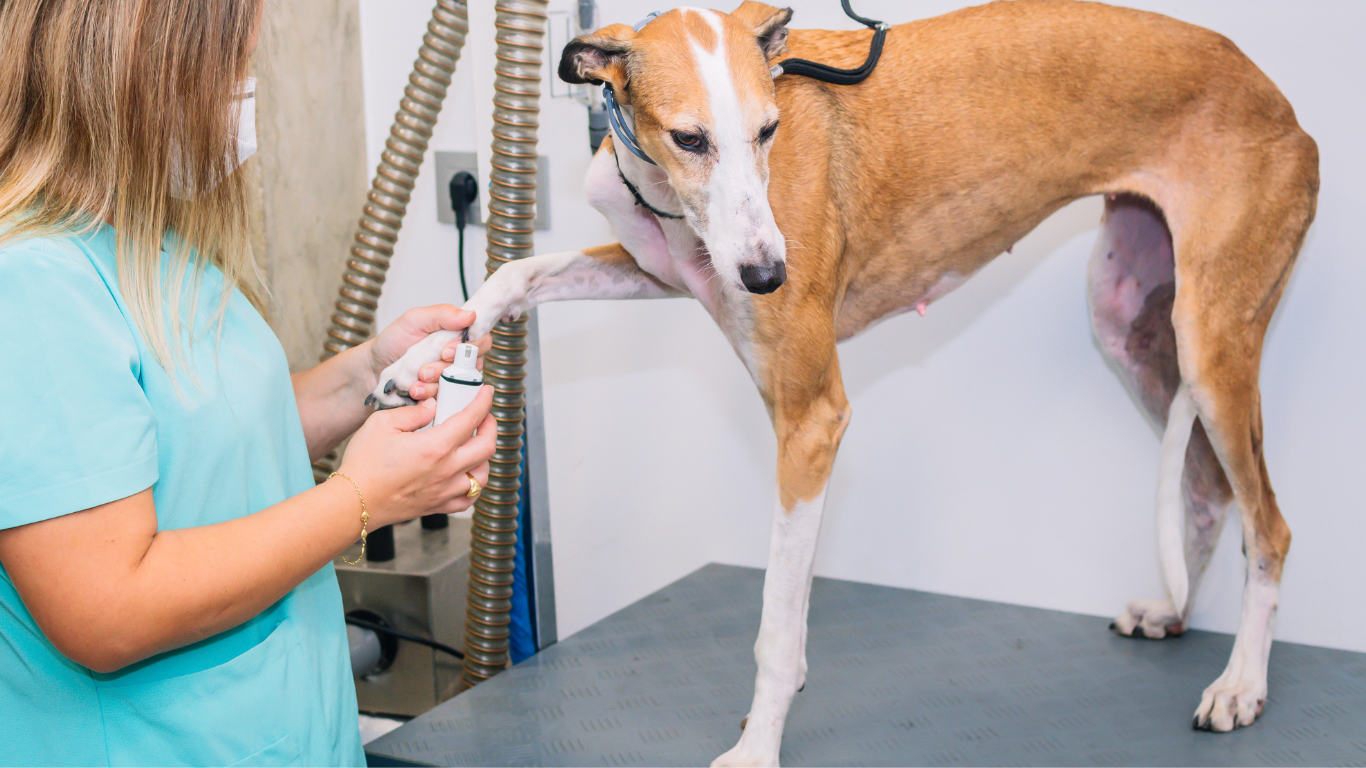
Dogs are not immune to the cold - recognising and treating hypothermia
As the daylight hours become shorter, the nights become cooler and Winter rolls in, it’s important that we limit the health risks to dogs associated with a drop in temperature.
When we get cold, we just put on a nice thick jumper or jacket but dogs can’t do that. Regional NSW can regularly drop below zero and if your dog lives outside they could get very cold. Greyhounds in particular, are susceptive to hypothermia due to their low level of body fat and thin skin. One of the risks of prolonged exposure to the cold is hypothermia. This occurs when the dog’s core body temperature is below 37º.
If a dog becomes too cold for long periods, their body restricts blood flow to their skin and extremities. Hypothermia can lead to serious health problems,
How to recognise hypothermia
If your dog presents the following signs, keep them warm and seek veterinary advice:
- Strong shivering and trembling followed by no shivering
- Sleepy or lethargy and weakness
- Skin is cold to the touch
- Trouble breathing
- Trouble walking
- Dilated pupils
- Muscle stiffness
- Pale or blue gums
Treatment
Treatment for hypothermia in dogs should begin immediately, as it can quickly become life-threatening.
If you suspect your dog has hypothermia, take the following steps:
- Put them in a warm, dry space
- Dry any excess moisture from your dogs’ fur using towels, or a heater on a low setting
- Wrap your dog in a blanket. Warm it in the clothes dryer first if you can
- Wrap warm hot-water bottles in towels (to prevent burning your pet) and place them on your dogs’ abdomen
- Allow your dog to drink warm fluids
- Check their temperature with a thermometer. If it’s below 35 degrees, your dog could be at risk for hypothermia. Take them to a vet immediately
If their temperature is above 35 degrees, retake their temperature every 10 to 15 minutes to see how severe the hypothermia is while doing the warming techniques mentioned above. Once their temperature is 37 degrees or higher, you can remove the hot-water bottle, but ensure they continue to be kept warm.
It’s important that you get your dog checked by a vet, even when their body temperature returns to normal.
If your pet doesn’t warm up after 30 to 45 minutes, go straight to an emergency vet clinic.
More news
 Adoption Day Success At DaptoDecember 19, 2023 10:35
Adoption Day Success At DaptoDecember 19, 2023 10:35 Wellington Joins GAP Prison ProgramBy GRNSWDecember 04, 2023 17:21
Wellington Joins GAP Prison ProgramBy GRNSWDecember 04, 2023 17:21 Cahill Now A Hall Of Fame AmbassadorBy GAPNSWNovember 30, 2023 10:20
Cahill Now A Hall Of Fame AmbassadorBy GAPNSWNovember 30, 2023 10:20 How To Care For Greyhound NailsBy gapnsw.com.auOctober 23, 2023 11:35
How To Care For Greyhound NailsBy gapnsw.com.auOctober 23, 2023 11:35 Is Coconut Oil Your Dog's Best Friend?By GAPNSWOctober 23, 2023 09:36
Is Coconut Oil Your Dog's Best Friend?By GAPNSWOctober 23, 2023 09:36 Helping a Greyhound When Relocating Their Safe SpaceBy gapnsw.com.auSeptember 13, 2023 11:10
Helping a Greyhound When Relocating Their Safe SpaceBy gapnsw.com.auSeptember 13, 2023 11:10